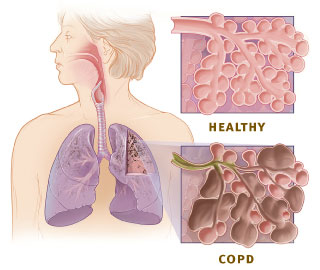Yes, many clinicians have forgotten to examine pulse of a
patient; more so the clinical method that we used to regard as the best friend,
in 1980s. Now, when patient comes to a doctor, advices flow, USG, ECHO, Doppler, ECG
and MRI, and so on and so forth; and, why not? It is easier to know the
parameters through machines. Still, one aspect remains crucial, should we advice all
these tests to each patients! The clinician, within us says no; give a
provisional diagnosis that is not rare; more common, much better; then advise
for the required investigations, either to support the provisional diagnosis
or to rule out other possibilities. If, this pattern is followed, perhaps, we
have to go back to our Guru, the Hutchison’s Clinical Method and examine pulse.
On the other day, when I wanted to know about the some
minimum 5 features of pulse, have to witness a blank face. So, where are we leading to?
We were taught to examine peripheral arterial pulse for the
following features:
1.
Rate
2.
Rhythm
3.
Nature, that includes volume or wave form
4.
Symmetry
5.
Condition of the arterial wall
Certain terminologies coined to the
pulse rate require clarification for performance of heart under stress.
What
is Pulse?
Ordinarily, pulse is refection of heart rate or the
number of times your heart beats in one minute in health; may not be same as
heart rate in disease conditions of heart.
Pulse rates vary from person to
person. Pulse is lower at rest and increases during exercise for increase
demand for oxygen. It is essential to know pulse rate for planning out exercise
program.
Normal
Pulse
Normal Heart Rates at Rest:
- Children (ages 6 - 15) 70 – 100 beats per minute
- Adults (age 18 and over) 60 – 100 beats per minute
- Below 60 beats/min- Bradycardia
- Above 100 beats/min- Tachycardia
What is maximum heart rate?
The maximum heart rate is the highest heart rate achieved during maximal exercise. One simple method to calculate the predicted maximum heart rate is220 – Age in years = predicted maximum heart rate per minute
Example: a 40-year-old's predicted maximum heart rate is 180 beats/minute.
What is target heart rate?
- One must exercise in the target heart rate zone to derive maximum benefit; no less no more. This is usually, between 60 to 80 percent of maximum heart rate. Beginner is advised to start exercising within 50% of maximum heart rate.
- It is not recommended to exercise above 85 percent of your maximum heart rate. Intensity at that level increases both cardiovascular and orthopedic risk with minimal, additional health-related benefit from the exercise.
- Always check with health care provider before starting an exercise program. Health care provider can help to find a program and target heart rate zone that matches the need, goals and physical condition.
- When beginning an exercise program, one may need to gradually build up to a level that is within the target heart rate zone. If the exercise feels too hard, slow down.
- To find out if your are exercising in your target zone (between 60 and 80 percent of your maximum heart rate), stop exercising and check your 10-second pulse. If your pulse is below your target zone, increase your rate of exercise. If your pulse is above your target zone, decrease your rate of exercise.
| Age | Target HR Zone 50-85% | Average Maximum Heart Rate, 100% |
|---|---|---|
| 20 years | 100-170 beats per minute | 200 beats per minute |
| 30 years | 95-162 beats per minute | 190 beats per minute |
| 35 years | 93-157 beats per minute | 185 beats per minute |
| 40 years | 90-153 beats per minute | 180 beats per minute |
| 45 years | 88-149 beats per minute | 175 beats per minute |
| 50 years | 85-145 beats per minute | 170 beats per minute |
| 55 years | 83-140 beats per minute | 165 beats per minute |
| 60 years | 80-136 beats per minute | 160 beats per minute |
| 65 years | 78-132 beats per minute | 155 beats per minute |
| 70 years | 75-128 beats per minute | 150 beats per minute |
There is your radial pulse;
...
Click here to Subscribe news feed from "Clinicianonnet; so that you do not miss out anything that can be valuable to you !!
...






